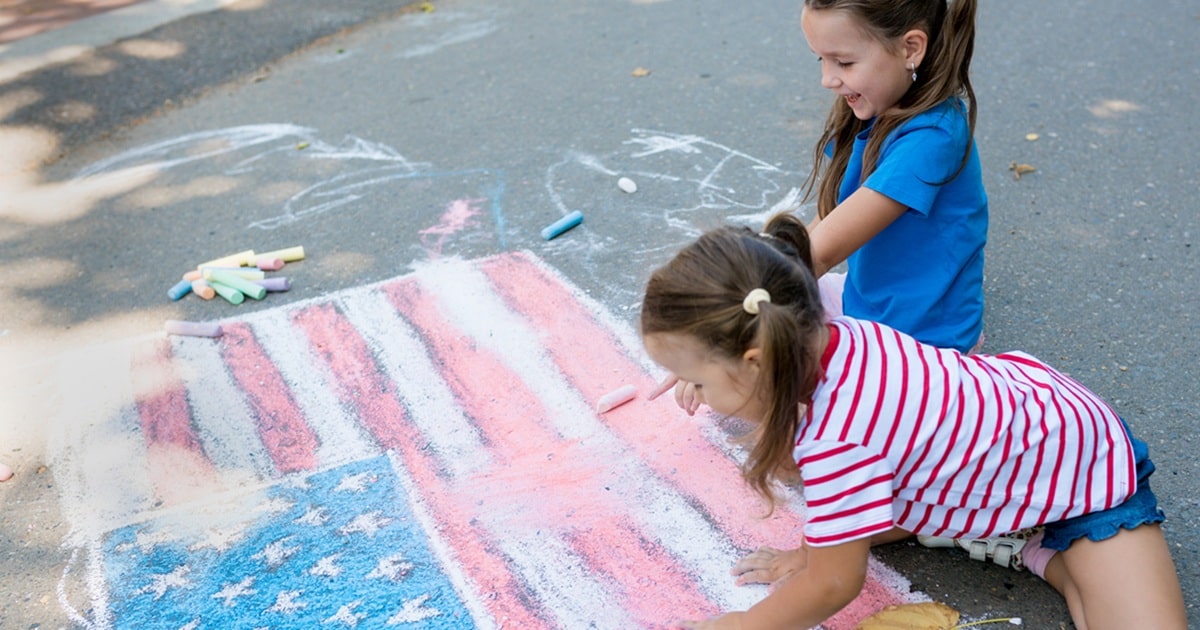Charles Moore: We’ve spoken quite a few times, and in one of our previous conversations, you talked about how being an outsider informs your adaptability and work. How did this sense of being adaptable evolve, especially now that you’ve reconnected with cultural things, like your Colombian roots?
Raquel Van Haver: I think by being an outsider, that will always count. Also, when you look, on one hand, it’s really good for me that I do that in order to reconnect again with the roots and all that kind of, I don’t want to say crap, or however you want to name it. On the other hand, like being realistic, I always will be the outsider. I think we spoke about this before. Anybody who grew up in a different place never can connect with that other place a hundred percent because you never were there during very important events. So, as hard as you try, you will never be that. And I don’t think that I’m very much aiming for that. I just like to expand and understand. So now there’s the whole idea of going back to Colombia and starting a small studio there, working together with my friends so we can do more shows with the ladies from lava, who are the weavers. And with this Colombian curator and maybe with some galleries, we’ll just expand my few. I think and I hope it will also do something for my work because, for me, at this very moment, I need to actually put extra layers again in my work. I think I’ve grown out of what I used to do. Maybe it’s age, I’m really not sure, but I think very much that my work now needs a few extra layers in depth.
Tell me about these weavers.
We met a few years ago, when I was doing research for a series of paintings about female, social leaders or empowerment, and a friend directed me to La Guajira. I think they had worked with them before, or at least with a few people in this area. So my friend had an organization for, I think, over 25 years, that is very much socially structured in the system in Colombia. He’s also a Hip-hop artist. They started with quite a big group and became very famous, very fast at a young age. They understood that to really change the cultural arena and educate people about it, they had to actually organize a place or an institute where people could organize and have a place for their workshops, where people could meet and so forth.
So, over 25 years, they have been working with the most incredible people through Colombia, all focusing on the social, so how to help people without papers. How to work with three children, but always in connection to art and always in connection to Hip-hop. So when he came with this list of people, all the women to speak to or talk to during the research, her name was also on the list, Sindri Gonzalez Ipuana, who runs AKUMAJA. And Sindri, I think she was one of the last people on this list we visited. And actually, immediately, it clicked. It became like a friendship. She spoke about her practice as a female leader in Wahida where she’s helping and teaching younger women and women from smaller communities to use the weaving—instead of only focusing on the cultural weaving because they have to do a lot of rituals with weaving.
Weaving is like the main thing in their culture where women, when they are as young as 10, 11, 13, have to follow rituals where they actually learn how to not only weave, but how to weave their family’s history. When they finish that first one, they can show it to the village, show it to the grandmothers. Then they decide, okay, it’s time for you to become a woman now. They have been doing this for hundreds and hundreds of years; one of the oldest communities also in Colombia. It’s actually a mix of Venezuela and Colombia. By doing this, they maintained, for centuries, a very specific culture.
At the moment, Colombia’s not doing that great, Venezuela is not doing that great. There’s nobody to protect these kinds of communities, especially if we talk about Indigenous communities. They’re quite endangered, and the younger generation, they want to go to the bigger cities. They want to see Bogota, Medina, whatever. So they all leave their place. In the end this whole cultural thing of weaving, maintaining and keeping the culture within the community is actually bleeding to death. And that is sad. So Sindri has decided, okay, I’m going to make it hip and popular again. And with her family and friends, she started to do workshops, speak about the tradition, connecting it to the art world.
When we met, we spoke about this and I was like, “Listen, let’s just do more projects about this. Let’s open up a platform for you and see if we can connect me with my paintings and deal with your weaving and let’s just see how we can maintain this for a longer collaboration.” So now building the space in Minka, I hope to also get her and her crew out there just to collaborate and create a safe space for them to work and perhaps find new ways; like a sort of new handwriting for us to work on, with many techniques.





Leave a Reply